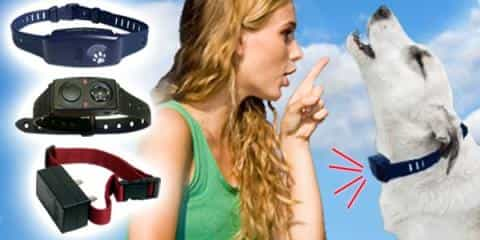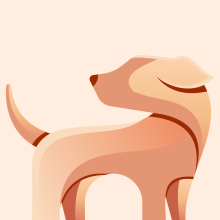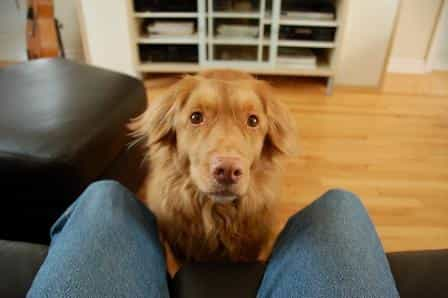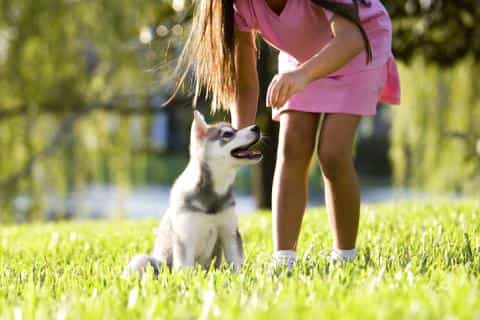
Published on February 24 by Julia
Aggression in dogs is a serious issue that requires immediate attention. If left unchecked, aggressive behavior can lead to dangerous situations for both the dog and those around it. Understanding the causes of aggression and implementing appropriate training techniques can help manage and reduce this behavior effectively.
Dog aggression can manifest in different forms, including growling, barking, lunging, and biting. It is essential to recognize the type and cause of aggression before taking corrective measures. Some common causes include:
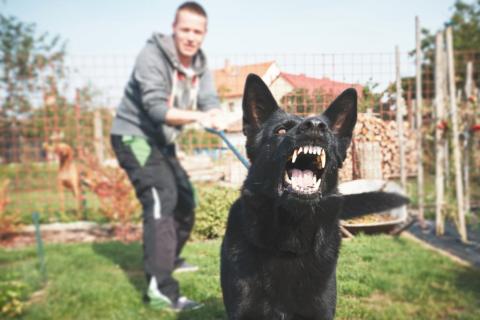
The first step in addressing aggression is identifying what causes the behavior. Observe your dog's body language and note specific situations that trigger aggressive reactions.
Dogs can sense their owner’s emotions. Stay calm, firm, and confident when dealing with aggression. Reacting with fear or anger can escalate the situation.
Reward good behavior with treats, praise, or playtime. Avoid using punishment, as it can increase fear and aggression.
Gradually expose your dog to new people, animals, and environments. Socialization from an early age helps prevent fear-based aggression.
Teaching commands like “sit,” “stay,” and “leave it” can help redirect your dog’s focus and establish control in stressful situations.
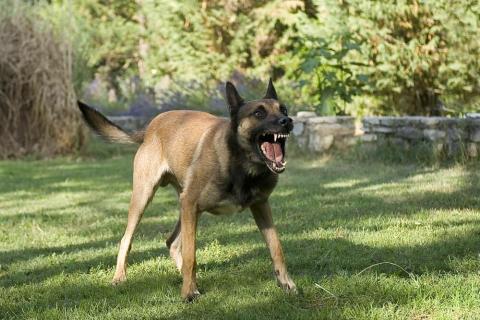
If your dog reacts aggressively to certain stimuli, control the environment to minimize exposure. For example, keep aggressive dogs on a leash in public or avoid situations that trigger aggressive responses.
If your dog’s aggression is severe or unpredictable, consult a professional dog trainer or behaviorist. They can provide personalized strategies to modify behavior effectively.
Stopping a dog’s aggressive behavior requires patience, consistency, and the right approach. By identifying triggers, using positive reinforcement, and seeking professional help when needed, dog owners can help their pets develop a more balanced and friendly temperament. Addressing aggression early ensures a safer and happier environment for both the dog and those around it.
Discover More Content
